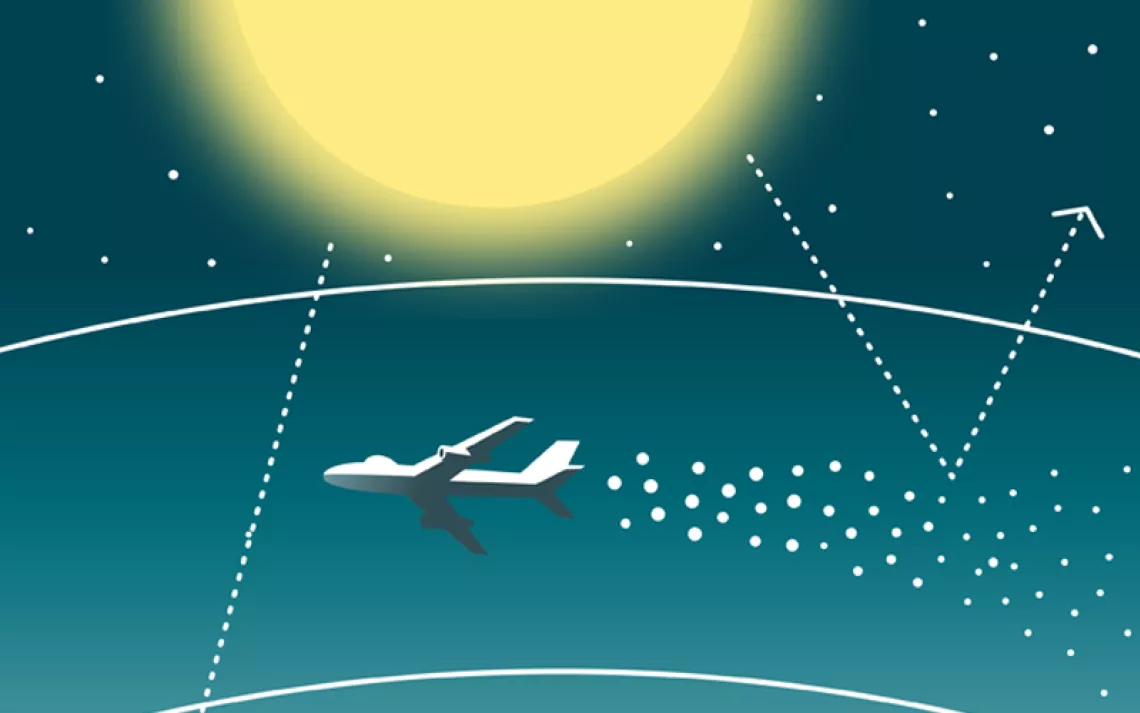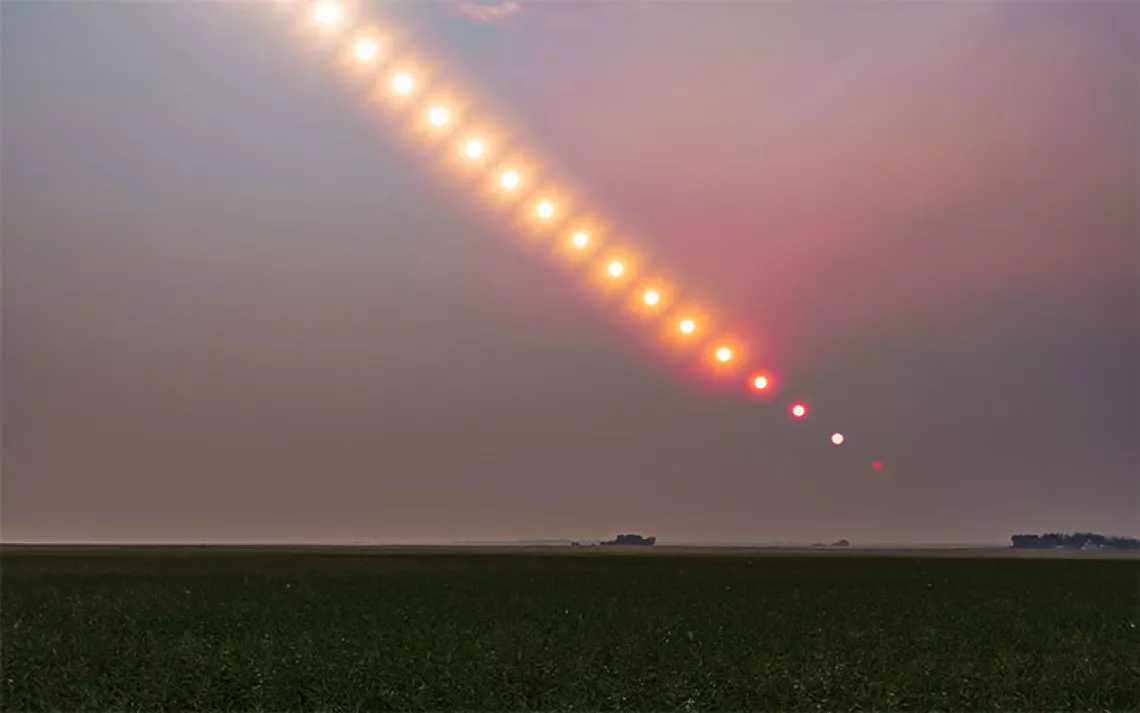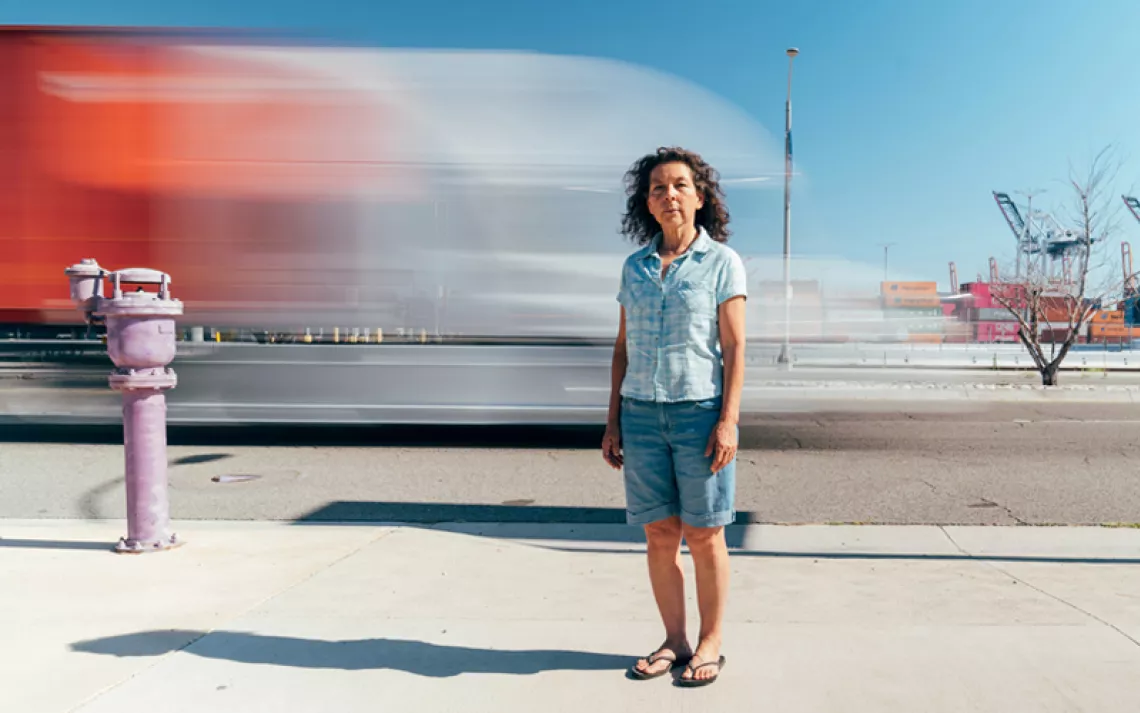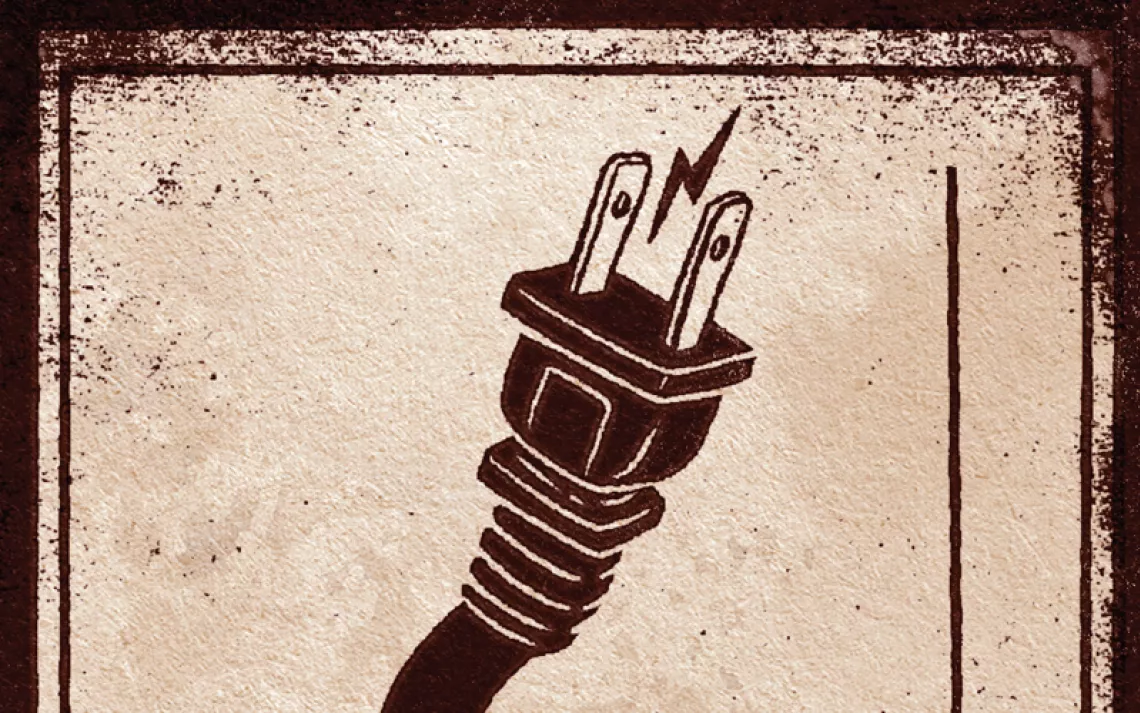DIY Drone Videos
Perhaps you’ve seen this short film, which made its way into our drone video roundup earlier this week. It features Niagara Falls, from a perspective few get to witness — right up above the rushing water. For Matt Quest, the videographer, the inspiration was not only in nature's beauty but in the gadgets. “Once I had the GoPro I just had that itching to get it in the air and film.” He has a few pointers for those who want to capture the great outdoors via drone but don’t know where to start.
Equip Yourself
One of the most popular cameras on the market, and the one that Quest used, is the GoPro Hero series. They offer high-definition video footage, are waterproof, easily mountable and are even outfitted with wi-fi. For the drone itself he used a DJI Phantom, another popular model. The Phantom boasts camera stability, respectable battery life (up to 25 minutes on the newest models), remote control, and a neat feature that will bring the quadcopter back to the starting point if the signal is somehow disrupted.
Another piece of essential equipment for Quest was a video link from the drone to his first person view (FPV) goggles. “If I didn’t have that, I would have just been up in the air, guessing what I was shooting.”
Practice and Perfect
Now that you’ve got the gear, you’re probably dying to try it out. So go ahead — but expect some crash landings. Try flying in an open field, starting low at first and gradually working your way up, sans camera to reduce the possibility of a pricey repair. “You gotta go out there, you gotta get into it and just learn the controls,” said Quest. “Don’t be afraid of crashing it." Drones are light-bodied and have been known to survive crashes from hundreds of feet up; just be mindful of people and animals in the area that can be injured by a falling object.
Cloudy with a Chance of Drones
You’ve flown, crashed, and gotten the hang of those controls. Time to take it to your favorite landmark, right? Not before a little pre-planning. “[Weather] was a big issue with the Niagara Falls shoot because it’s extremely windy and I was looking at the forecasts every week, trying to find a day where there was less wind,” he said.
Another important factor is light and cloud coverage. Many photographers recommend shooting in "golden hour," the hour or so before sunset when the light looks richer and footage is less likely to overexpose. If it's overcast, the light won't be as vibrant. “I actually got really lucky with the clouds, because when I got there it was overcast and I was kind of disappointed,” he said. “Halfway through my flights the sun peaked out and I had a 20 minute window of sunshine. It hit the falls just perfect!”
Time Your Flight
You’ve nailed down the date, and now it’s time to fly. Drones have limited battery life, so plan accordingly. Quest's could only fly for about seven minutes, so he had to time the trips out — about one minute to fly it over the water, five minutes to film, and another minute to land. By doing several smaller shoots, Quest was able to conserve battery life and still get the footage he needed for his five-minute film.
Document
Quest had another piece of advice for someone starting out: keep a log. Quest said, “After every flight I’ve done I record the temperature outside, if it was windy or not, whether or not I crashed, or how many times I crashed, if the blade broke — you learn from that and it creates context and it helps make you a better videographer.”
 The Magazine of The Sierra Club
The Magazine of The Sierra Club







